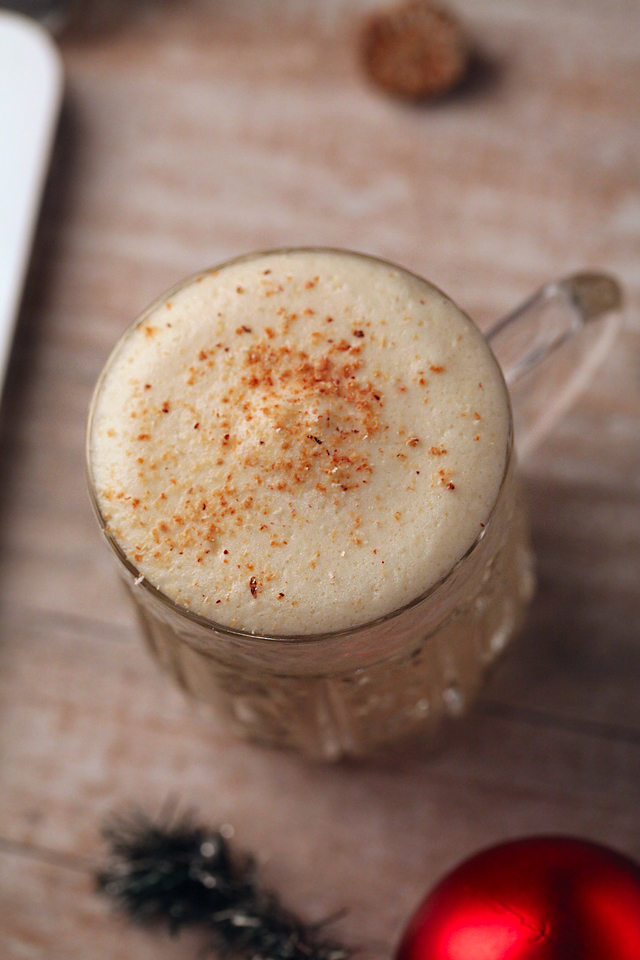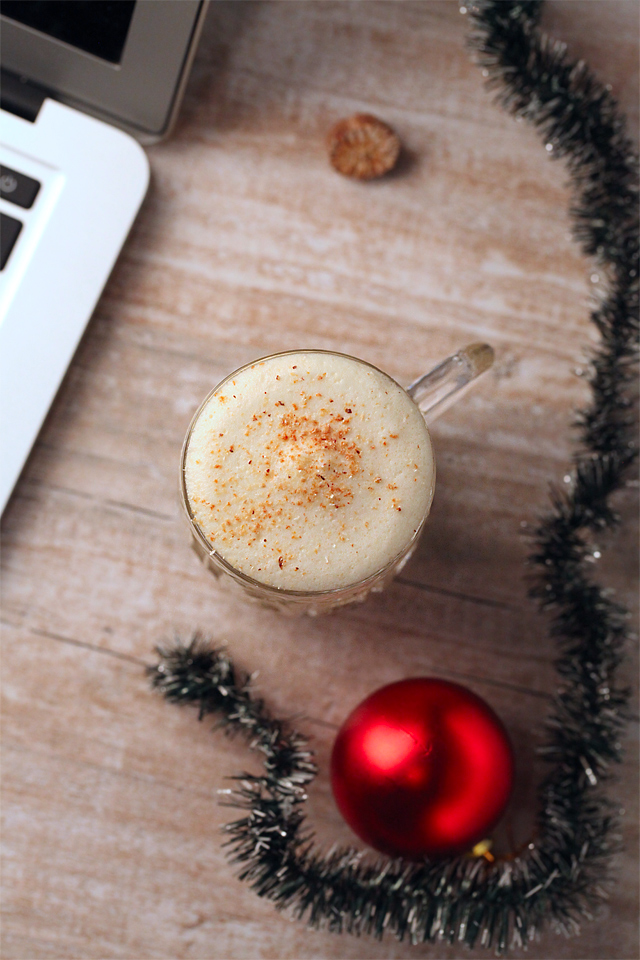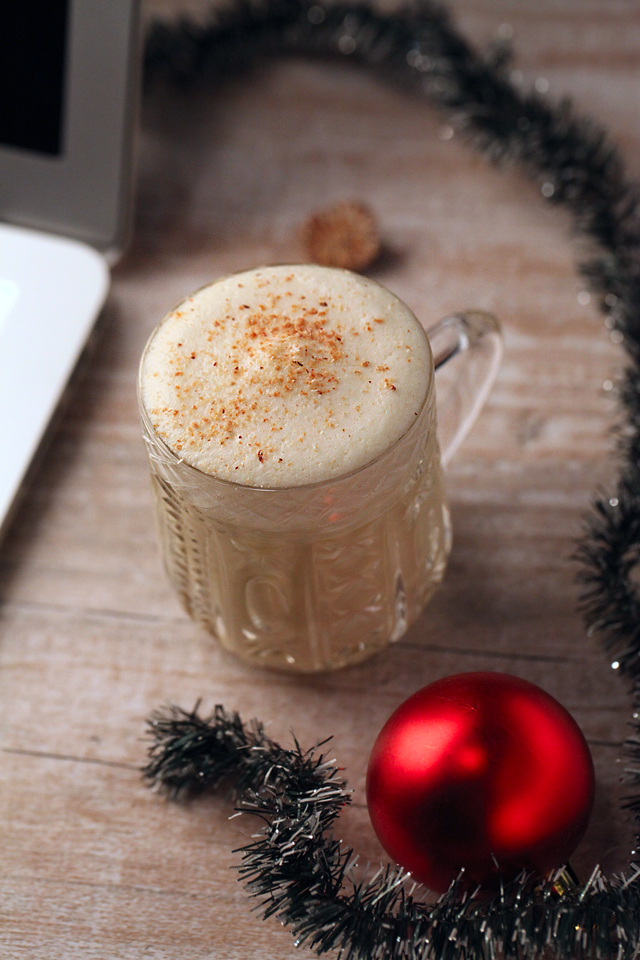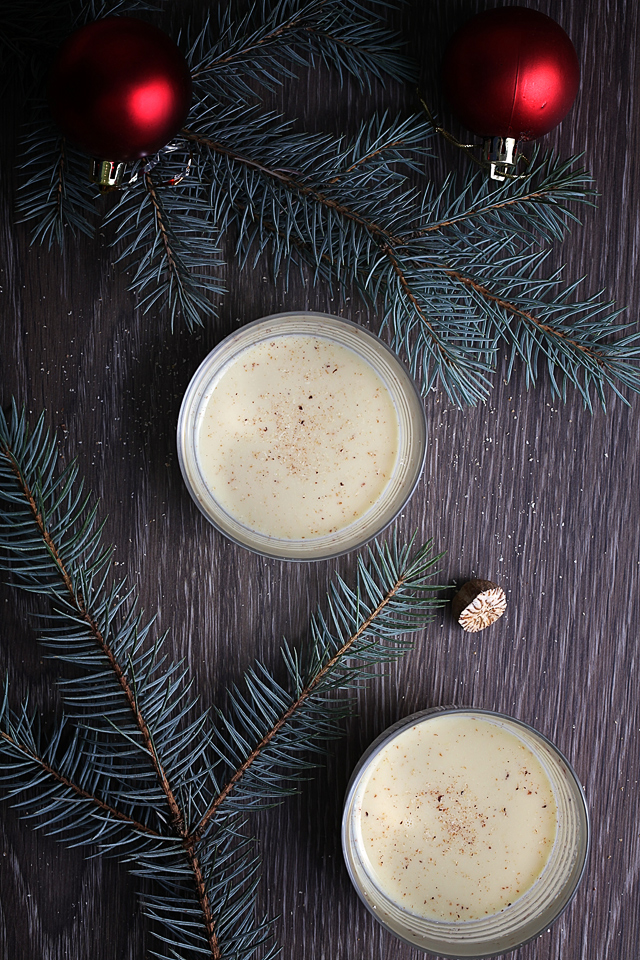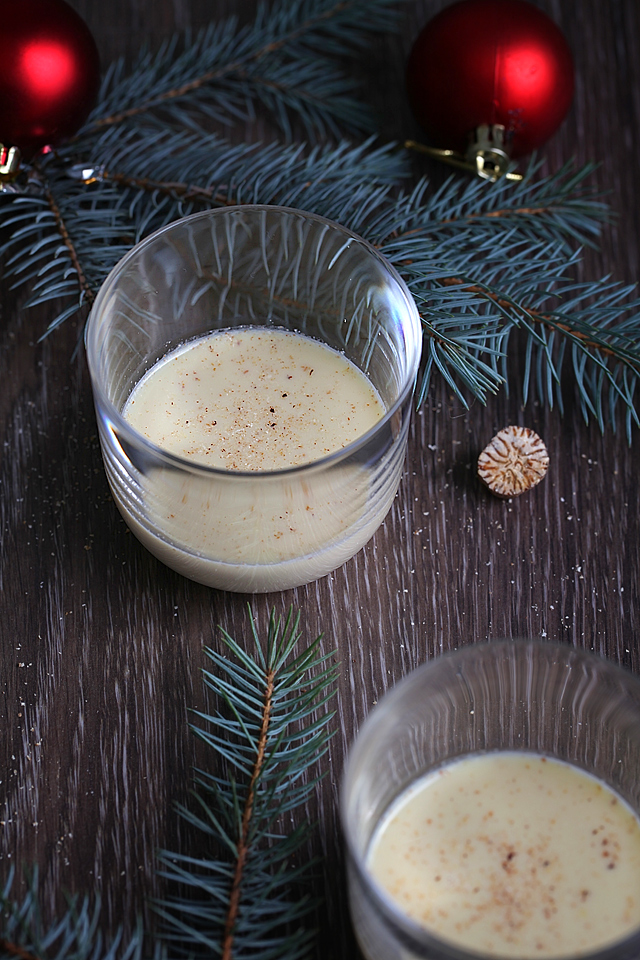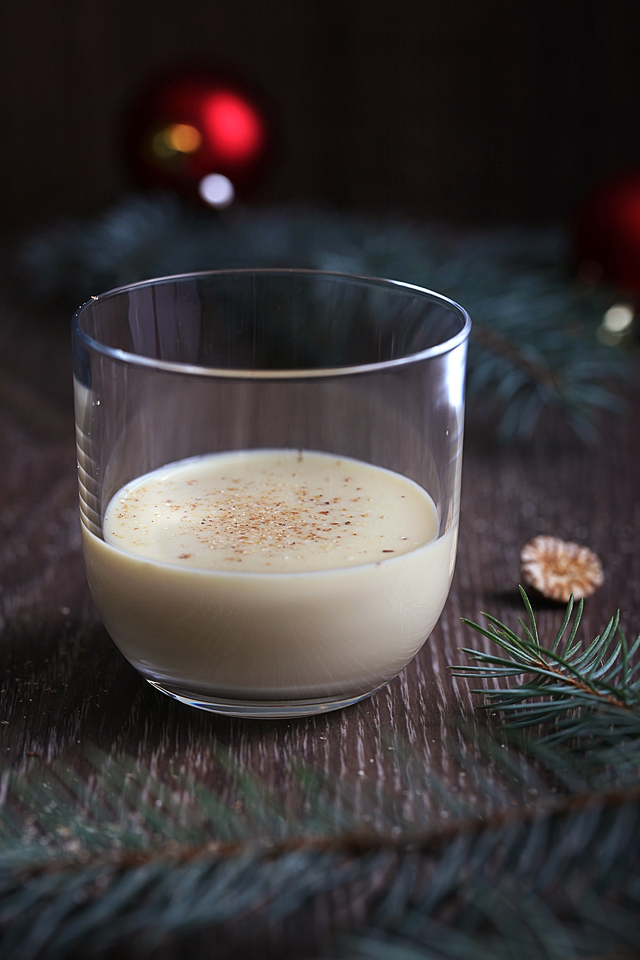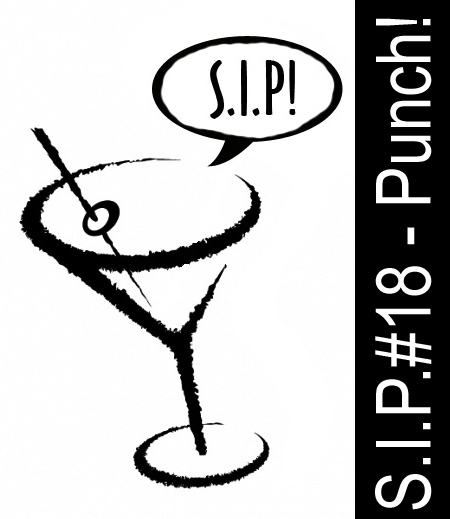 Those people, who have been tracking my blog for a relatively long time, probably saw the logo, which is showing on the left right now. It is a logo of an on-line event for Russian-speaking blogger-imbibers, which has, also, such an eye-catching English name – S.I.P. – Shake! Imbibe! Post! These events, or on-line parties were pretty popular in the Russian segment of the World Wide Web (also called as Runet, means, ‘Russian Internet’) for the past few years until Russia committed the well-known egregious aggression against Ukraine, and generally speaking against all of the civilized world. Unfortunately most Russians (i mean here, the citizens of the Russian Federation. It isn’t a question of nationality – the truth is that I am an ethnic Russian), so, most Russians are giving warm encouragement to this aggression and, consequently, our companionship broke down completely. Namely for this reason our eighteenth S.I.P. is expected to be quite desolated 8)
Those people, who have been tracking my blog for a relatively long time, probably saw the logo, which is showing on the left right now. It is a logo of an on-line event for Russian-speaking blogger-imbibers, which has, also, such an eye-catching English name – S.I.P. – Shake! Imbibe! Post! These events, or on-line parties were pretty popular in the Russian segment of the World Wide Web (also called as Runet, means, ‘Russian Internet’) for the past few years until Russia committed the well-known egregious aggression against Ukraine, and generally speaking against all of the civilized world. Unfortunately most Russians (i mean here, the citizens of the Russian Federation. It isn’t a question of nationality – the truth is that I am an ethnic Russian), so, most Russians are giving warm encouragement to this aggression and, consequently, our companionship broke down completely. Namely for this reason our eighteenth S.I.P. is expected to be quite desolated 8)
The topic of S.I.P.#18 is Punch! As a matter of fact this topic runs contrary to our common rule with which we usually choose the exact cocktail for our collective exploring and sharing of opinions. This topic is an absolutely different case. It’s clear that punch is quite a wide thing, and it seems almost impossible to get an agreement in choices of even a couple of participants.
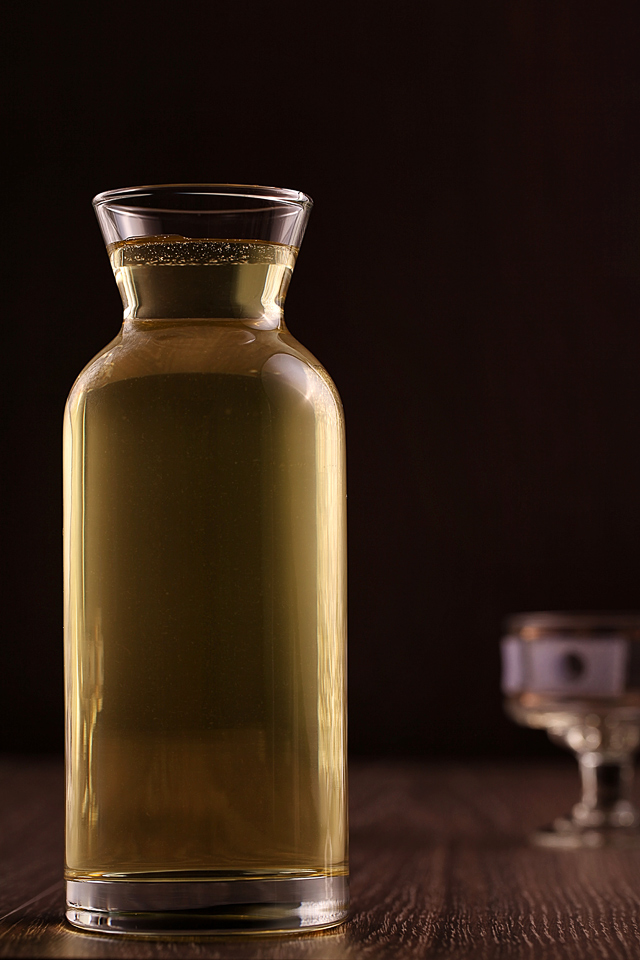
Trying to understand certain key specifics of punch in the modern world of mixing drinks, I could realize only this one – punch was a big cocktail :) I mean, punch is a sort of huge mixed drink. A sort of cocktail for a company. But then, in our individualistic world, there are no strong reasons in modern bar culture which can prevent client’s desire to get an individual serving of his punch of choice which should be paid for appropriately ;)

However, despite having some experience in individual punches like Gin Punch, Knickerbocker Punch, Pisco Punch, or Ti’ Punch, I decided to try something real. I decided to prepare something that I can really share with my friends. And that statement of question turned out a true challenge for me. You know, it is not so easy to mix up big punches not at the big party but in a quiet workroom. Certainly, it is no problem to prepare the drink, but utilizing it becomes a serious problem. In spite of having a hobby in cocktail mixing, I drink really not very much, my wife drinks far less, but if I invite an appropriate crowd of friends, I, perhaps, won’t be able to have enough time for photographing and describing. It take quite a different mood to throw a party or create a post. But even so I could find a solution!
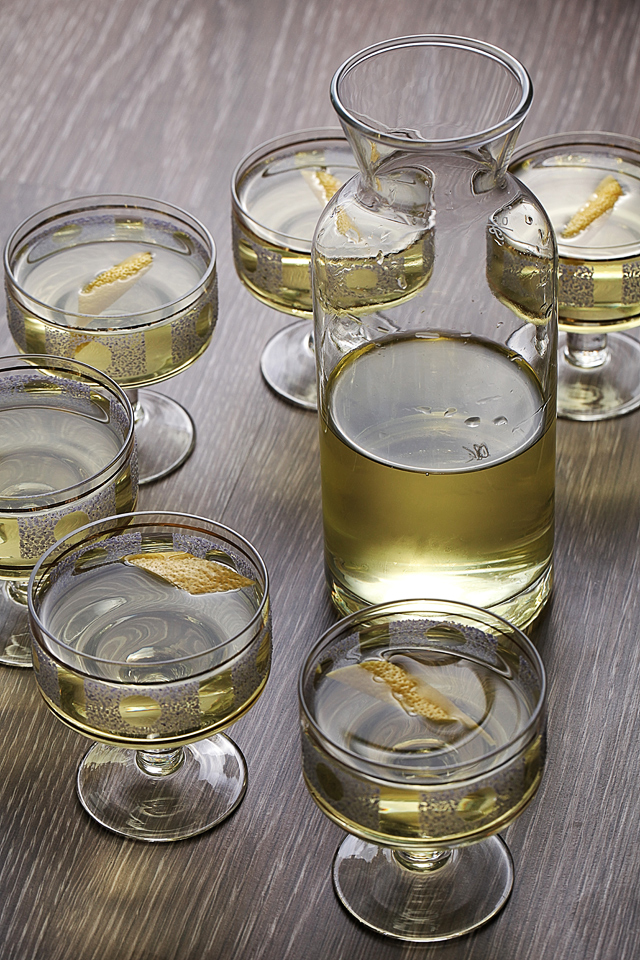
For the S.I.P.#18 – Punch! I picked out an absolutely unique punch – very old [it is said to have been created by the famous English playwright of the Restoration Aphra Behn], noble [created in English high-society and printed, specifically, in the first cocktail chrestomathy – How to Mix Drinks, or Bon-Vivants Companion by Jerry Thomas], absolutely the weirdest [it contains milk but it is pretty clear, isn’t it weird?], and very popular in modern American cocktail geek circles, drink.
Going by, lets me say, a mixoshpere, it looks like this punch have been gathering popularity for last year or two. Esquire experts gave it a ‘Cocktail of the Year’ badge in 2014. It can really excite.
For making an acquaintance I used a recipe from the aforementioned Thomas’ first book. Obviously I had to make some unessential changes, for example, I converted the recipe to metric units and slightly scaled it.
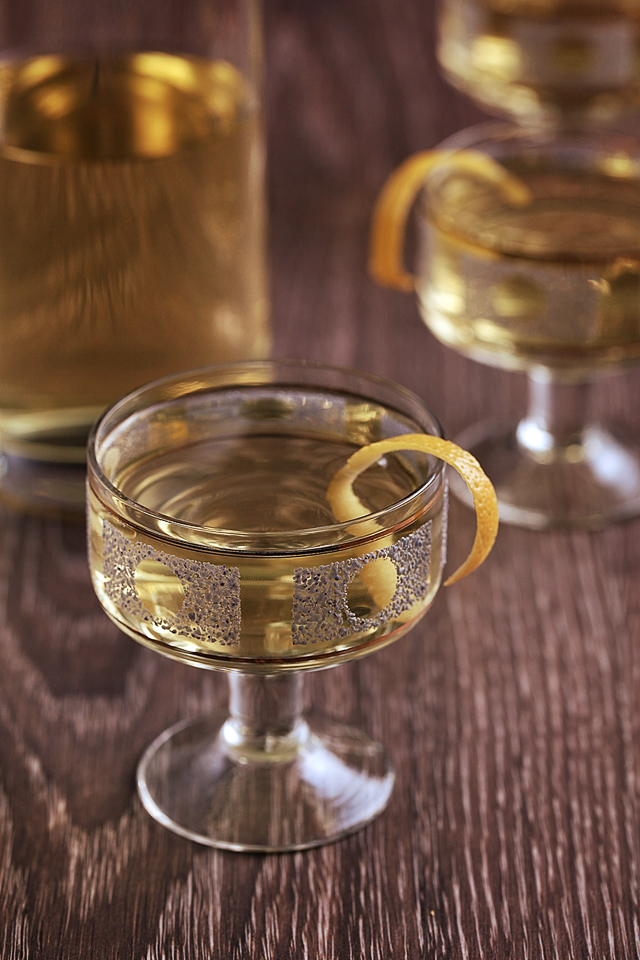
English Milk Punch
120 ml lemon juice
the rind of one lemon
150 g sugar
1/3 pineapple, peeled, sliced
2 cloves
7 coriander seeds
1/3 small cinnamon stick
160 ml cognac
160 ml rum
*40 ml arrack
80 ml strong green tea
330 ml boiling water
330 ml whole milk
Peel a middle sized lemon trying to avoid white pith underneath. Put the lemon rind into an appropriate saucepan and add about 2/3 of the sugar, rub thoroughly with a muddler. Then add sliced pineapple, spices, and muddle. Add the other ingredients except milk. The boiled water should be added last. Briskly stir for dissolving of the sugar and close tight. Let the mix steep at least 6 hours in a cold place. After steeping, add hot milk and 40 ml of fresh pressed lemon juice. In this very moment milk must curl. Filter through filter paper / jelly-bag / cheesecloth or something like this. The drink must be quite clear, if you can’t filter, try to settle the punch. Strained punch must be refrigerated before serving. Serve straight up. This recipe is about for 1 liter of the punch.
Now, as usual, some words about the ingredients particularly about arrack. First of all you should know – it isn’t that arrack which is similar to ouzo :) It is an absolutely another beverage. It is a strong alcohol beverage made in some Asian countries like Indonesia or Sri Lanka and which usually is distilled from quite exotic raw stuff. In Indonesia arrack is distilled from molasses with an addition of fermented red rice cookies (Batavia Arrack), and in Sri Lanka it is distilled from fermented juice of coconut palm tree flowers. And yes, in fact, arrack is an essential component of many old punches. But here… There is certain strange asterisk in the original recipe, isn’t it? And what do we know about asterisks? According to the Merriam-Webster dictionary, an asterisk is a symbol * that is used in printed text especially to tell someone to read a note that can be found at the bottom of a page. But the truth is that there isn’t a note at the bottom of a page [I have an e-copy of 1962 edt. digitized by Google]. What’s a pity… Oh, dear, it seems we will never find out the meaning … But I suppose, this asterisk means… omit this if you haven’t got it, isn’t it? Really, you must admit it, that it is the most believable speculation. So, I discarded arrack [I just haven’t got it in my liquor cabinet] with clear conscience 8)
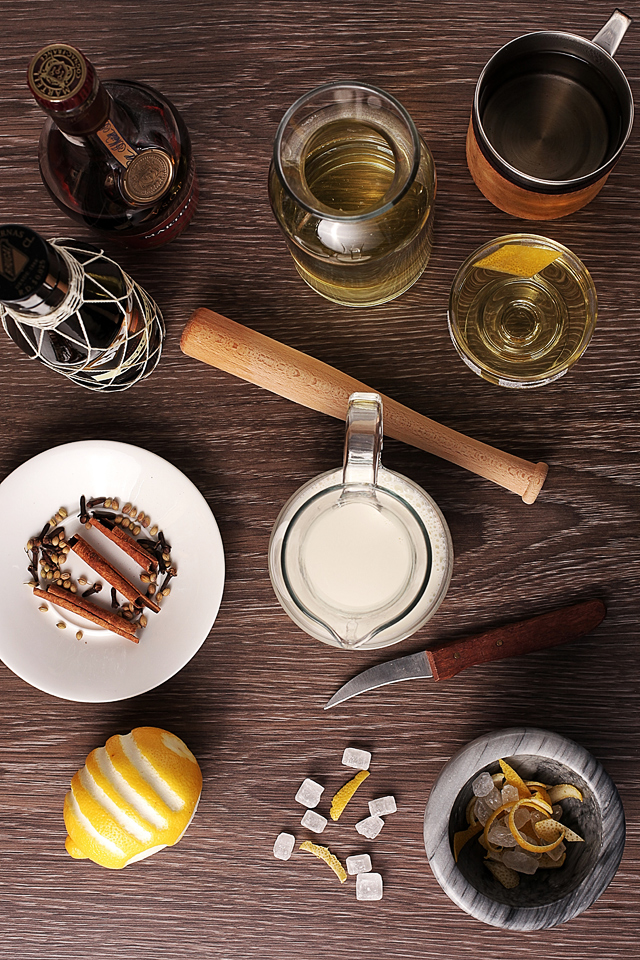
As I decided to try this historical recipe of the English Punch I had to read some historical surveys (actually it was only Punch by D. Wondrich and the excellent post about this punch by Adam Elmegirab on the blog called The Jerry Thomas Project) for picking out the rest of the ingredients. As a result I decided to use a composition of Meukow VS Cognac [young, relatively pungent and lively spirit, 80 proof], Rhum J.M. V.S.O.P. [86 proof], Rum Mount Gay Black Barrel [86 proof] and a pungent, over-proof Lemon Hart Demerara Rum 151 proof as a base of the drink.
Certainly I have to say some words about execution. There are two troublesome points in preparation of English Milk Punch. The first is milk curdling and the second is separating of curdled milk from the drink. At the first sight it looks obvious and easy – you should add milk, milk should curdle and you should set curdled milk apart, but those things look easy only on paper…
The first trouble – with milk – pertains to modern food technology. I don’t now how it is in the USA, but here in Ukraine some sort of long-term storage milk in the carton is… Hmmm, how can I say this? It isn’t milk, actually. It is like an esculent colloidal solution. Proteins, particularly globulins, minerals, vitamins, supplements, additives, ultrapasteurized, normalized, enriched… Hell on wheels, really… I just don’t belive that it is able to curdle 8) So, newly drown whole milk from a local farmer’s market is the only and the best choice.
The second question is separating curdled milk from the drink. Most recommended ways are straining through some layers of cheesecloth [it works but not very well], sifting through a chinois or a jelly-bag [it works not so effectivly, proven!], and filtering with paper [I used filter paper, it worked exceptionally well. Some people say that paper towels can be employed, but I didn’t test it this way]. Actually, if you couldn’t clarify the punch by straining or sifting, you may allow the mix to settle. But, remember, the punch must be pretty clear before serving.
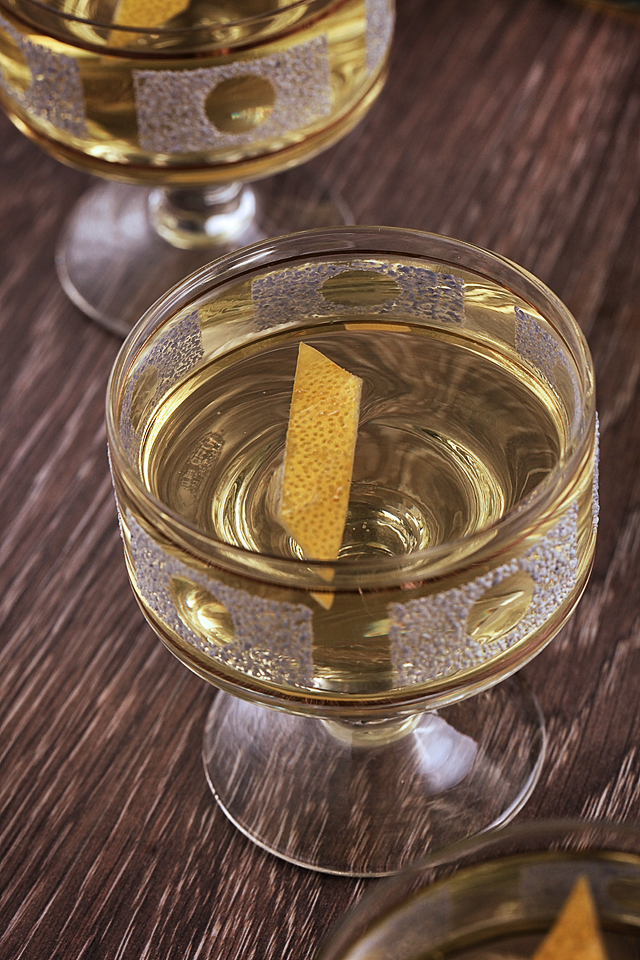
The first sip of the English Punch was a truly intriguing… Suspense… In truth, I had absolutely no idea how it could taste. I had never drunk such a thing before. And the English Milk Punch didn’t let me down! It was an absolutely amazing drink. The first sip really surprised me with an utterly distinguished texture and mouthfeel and a very pleasant and balanced palate. Gorgeous!
The English Milk punch has a balanced fruity (pineapple, citrus adorned with spices), sweet-and-sour taste with a powerful solid spirits note, I mean, not spirituous but derived from the liquors used. I think, namely that I can describe it as a lush palate. All components work very well in this drink but in my humble opinion the milk whey makes this drink. It brings exceptional softness, roundness in the palate and mouthfeel. When you drink the English Milk Punch your tongue, gums, all mouth organs feel like they contacting with cold glass, or silk, or some of the smoothest things in the world. It is an amazing feeling! It is worth preparing the drink for the whole day long!
Yet one more thing – some people suggest serving Milk Punch over ice. I see this point – ice keeps the drink cold and visually magnifies it, but, it seems, it has not the best affect on the mouthfeel. It makes punch diluted and this can spoil its unique texture. So, I insist, serve it straight up only!

 english
english русский
русский